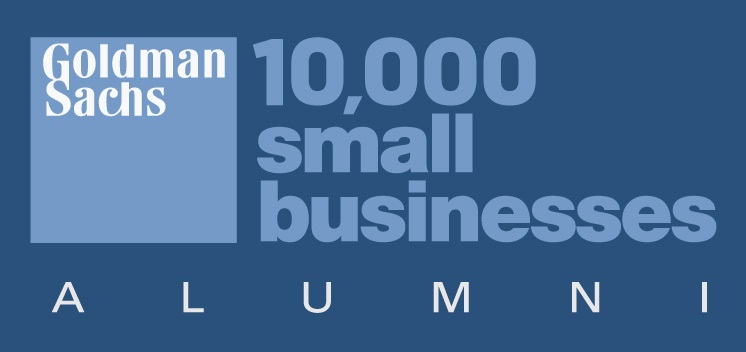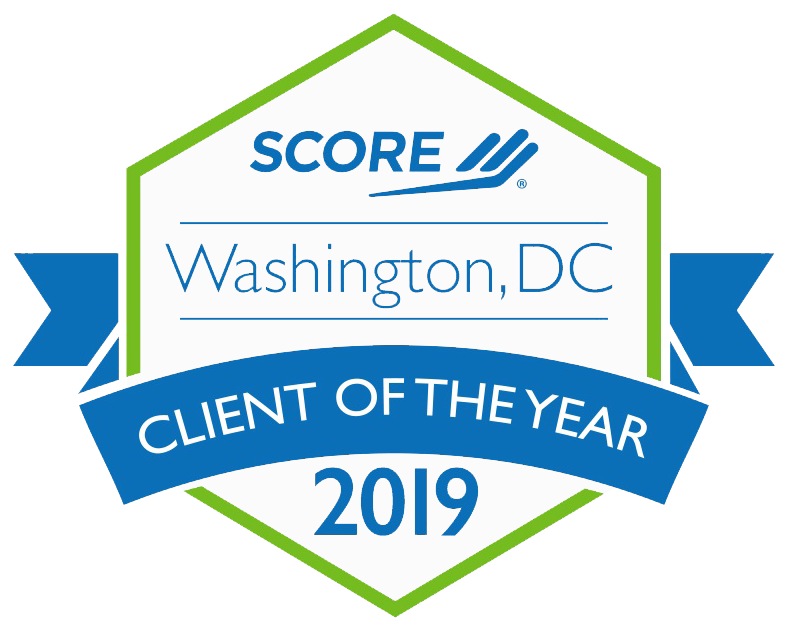It’s important to understand the difference between goals and objectives when preparing a grant proposal. It will provide the reviewer with clarity, and define why the proposed activities are important. The two terms are often used interchangeably. While they are similar, the purpose behind each can vary.

Below, we’ll discuss the difference between goals and objectives, what they should look like, and why it matters.
Why is the difference between goals and objectives so important?
When it comes to proposals, clearly defined goals and objectives will show credibility, commitment, and intent to a reviewer. Solidifying goals and objectives will serve as the backbone for the rest of the project; almost like a reference point. Reviewers look at loads of applications, so a poorly defined one can be easily dismissed among the stack.
What is a goal?
Goals are a big-picture idea of the overall purpose of the project. While there might be individual activities and milestones the team needs to accomplish, these shouldn’t be confused with the overall goal itself. For example, say you’re a point-of-sale software company that is creating a solution to improve front and back of house efficiency. That is your goal: improving front and back of house efficiency. Think of the difference between goals and objectives like a road trip. Say you want to go to Los Angeles — getting to the destination is the goal, while the actions you take to get there (such as travel, lodging, etc.) are your objectives.
What is an objective?
As stated above, objectives are the individual outcomes within a project that are working towards achieving the goal, or big picture. For projects that are particularly tedious and require intensive collaboration between departments or individuals, it can be easy to lose sight of the overall goal. SMART objectives can provide a great framework for creating objectives that are carefully planned, clear, and trackable. The acronym stands for Specific, Measurable, Achievable, Relevant, and Time-based. Using the SMART goal framework sets boundaries and defines the steps you’ll need to take, resources necessary to get there and milestones that indicate progress along the way. With SMART goals, you’re more likely to achieve your goal efficiently and effectively.
What are some best practices for creating solid goals and objectives?
When you define the goal in your proposal, make sure that it is visionary and insightful, and is written with intent. It should be something that is intangible in theory, abstract, and difficult to quantify. That might sound a little strange, but not to worry. The supporting objectives are what will make the end result tangible, concrete, and quantifiable. When writing objectives, write them as outcomes rather than a process. Clearly define the result of the activity, who it is targeting, and whether or not it can realistically be achieved within the time period of the proposal submission.
Does your nonprofit need help defining goals and objectives for proposals? RBW Strategy can help! We specialize in grant consulting, so you can create the most effective proposal for any project. Contact us today!





